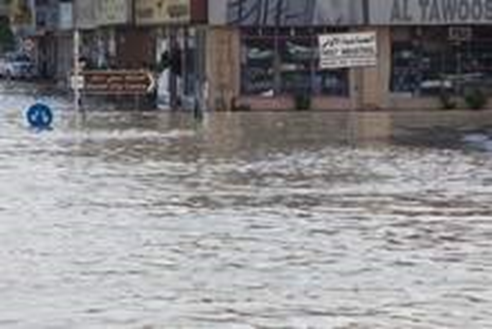The municipality is working with Dubai Police to control and monitor severe weather conditions, including thick fog.
Last year, the municipality’s Survey Department launched its main fog and meteorological station in Al Warqa’a. This station is connected to 13 substations located across the emirate, all of which aim to improve road safety and conditions at sea.
Eng Hussain Lootah, the Director General of the municipality, said the systems were in place to stop a repeat of events like the multiple-car crash in Ghantoot, in 2008, where four people died and hundreds were injured. The pile-up was a direct result of low visibility on the Abu Dhabi-Dubai highway.
“The system used in these stations will provide information on density of fog, low visibility, degree of humidity, rainfall, water level, wind speed and temperature of weather and sand in Dubai,” said Eng Mohammad Mahmood Mashroom, Director of the Survey Department. “This data would be provided on time to Dubai Police and Coastal Guards, which will be spread via smart phones.
“Low visibility due to fog has been one of the main reasons of several road accidents across the emirate. These stations located adjacent to the main roads in the emirate will provide information on fog conditions in the city especially in the main roads and highways.
“Eight automated fog-detection machines are located on land, mostly near main highways. Five others near coasts and one has been set up in the sea, about 20 kilometers off the Jumeirah coast.”
A team from the survey department inspected fog monitoring systems inside and outside the country in order to find the model which best suited Dubai, he added.
As a result of fog earlier in the week, on December 3, Dubai Police recorded 289 traffic accidents and received 2,200 calls between 3am and noon.
Mr Mashroom also called on the public to use government smartphone apps that provide up-to-date and accurate information on the weather.



